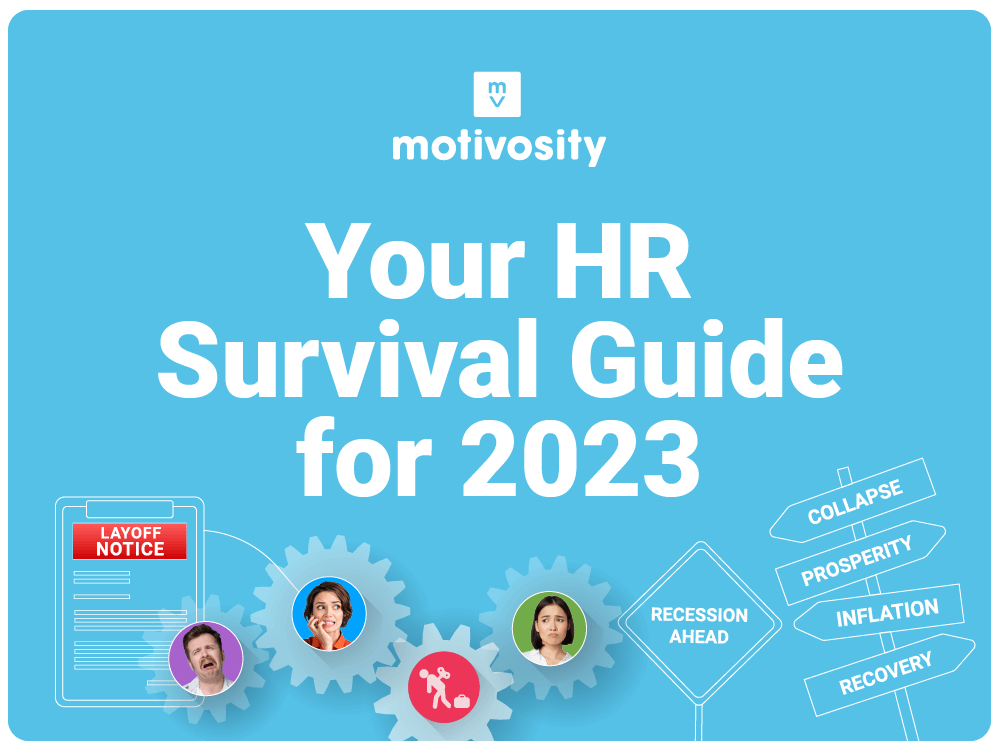Your HR Survival Guide for 2023
Challenge: Boosting Morale With the Uneasiness of Layoffs
Solution: Build a Culture of Gratitude
Solution: Give HR a Seat at the Executive Table
Challenge: Burnout, Wellness, and Mental Health
Solution: Consider the Entire Employee Experience
Challenge: Establishing a Hybrid Culture
How One Company Brought Employees Back
Solution: Break Out of the Status Quo
Opportunities for Future-Ready HR Teams
Solution: Listen to Employees
Thriving — Not Just Surviving — in 2023
About Motivosity
